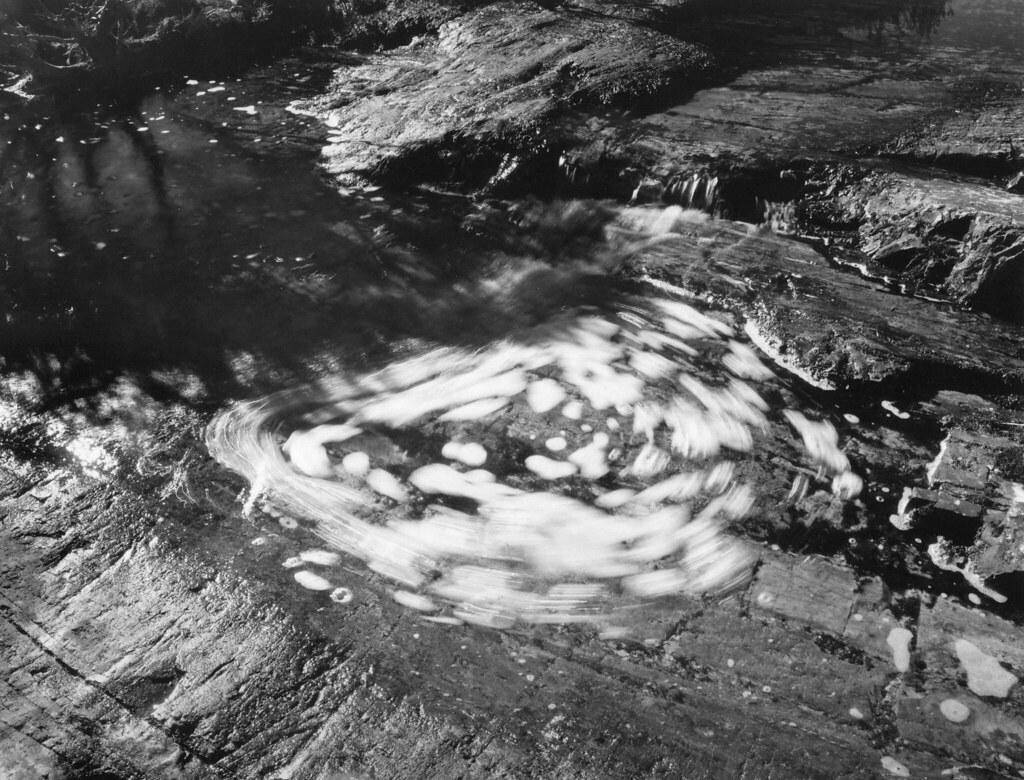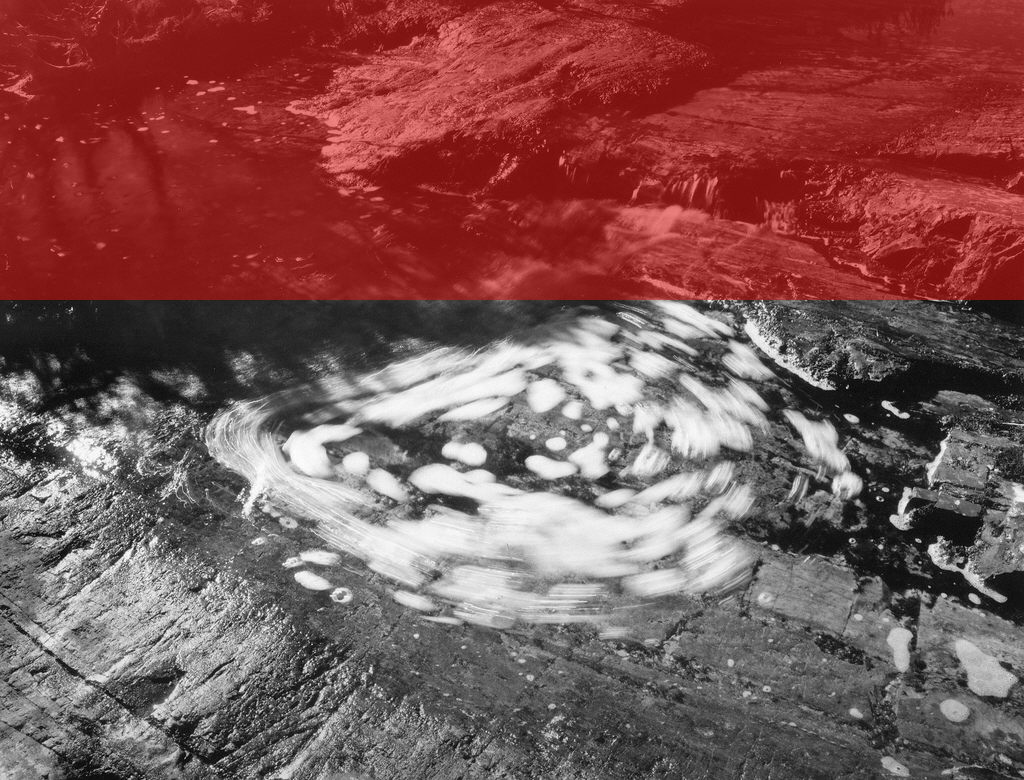Because the camera was on a tripod I had several minutes to look through the big viewfinder and think and re-think about the arrangement of forms within it. If the framing was wrong I could have changed it. In the end I "mortgaged my soul" for the framing you see including the top inch. But that doesn't mean I am right.
With so few films in a pack, (mine have 10) one has few shots to waste in LF. It's true that with digital one can do more at no extra expense. however, a photographer cannot expect to get great pictures with any film or silicon without careful planning and composition, except in the case of candid street photography or the wedding photographer who have a system of fast grabbing a lot of the time and have, no doubt, new pathways for this in the brain.
My best work with digital is planned, sometimes for months ahead. Every nuance over every inch of the frame has been considered, weighted, designed or modified so the whole image works. Then I will shoot the real picture. It is not dependent on the recording, (film or digital), rather the mindset and preparation. The more one takes pains and uses one's imagination, the more the fingerprints of the photographer dominate the photograph. Otherwise it can indeed be an almost mindless snap!
Just with film, if one makes a poorly planned snap and repeats that just 10 times with 8x10 film that's $100 in film, (color film price) lost. Also the subsequent processing is just money and chemicals down the sink for no benefit! So unless the LF photographer is really quite oddly foolish, the chances are that the composition will be made with care or else interest in LF work would stop with the first mindless waste of film. So, I agree, digital does accommodate more waste, chance taking, options and alternates. Still, in the end, either one has designed well or not. Slow methodology can help refine design but also, equally, rapid choices and multiple shots allows fast iterative and fluid improvements.
But because you suggest an improvement in my very deliberately cast photograph you, in effect, suggest an improvement in me as a photographer. This I want very much and I thank you for it.
I always believe folk here who present work they are proud of are generally careful. With you I'm certain of it!
Asher



